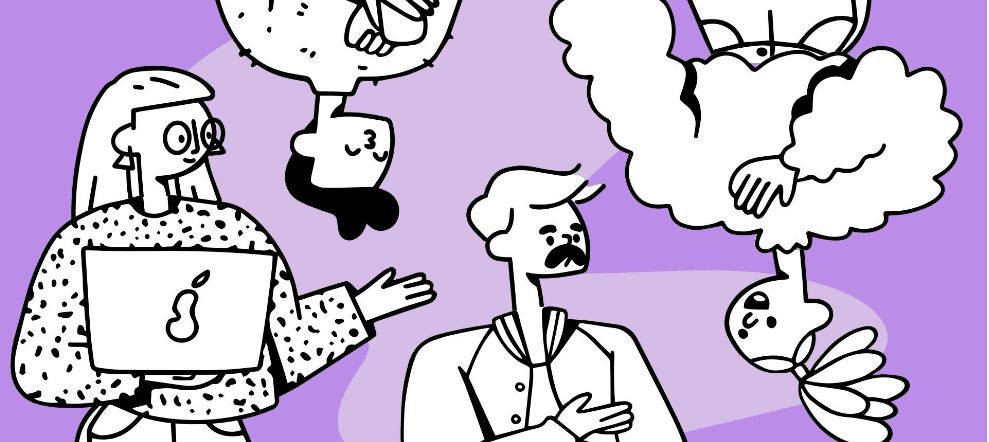Change My File offers the best free HTML to JPG converter that helps you easily convert HTML files to high-quality JPG images within seconds. No software installation is needed—just upload your HTML file and get your JPG instantly.
Why Use Our Free HTML to JPG Converter?
Converting HTML to JPG has never been easier. Our online tool is fast, secure, and reliable. Whether you're a web developer, designer, or content creator, our HTML to JPG conversion tool is perfect for:
- Saving webpages as images
- Creating visual content for presentations
- Preserving HTML designs in image format
Key Features of Our HTML to JPG Converter
- Free HTML to JPG Converter – 100% free, no hidden charges
- High-Quality JPG Output – Clean, sharp image rendering
- No Signup Required – Convert files without registration
- Fast Online Conversion – Upload and download in seconds
- Secure File Handling – Your data is not stored or shared
How to Convert HTML to JPG Online
Follow these simple steps to convert your HTML to JPG:
- Click the “Upload HTML File” button
- Select your desired HTML file
- Wait a few seconds while the tool processes your file
- Download the converted JPG image instantly
It’s that simple!
Benefits of Converting HTML Files to JPG
- Easy sharing on social media and messaging apps
- Embed HTML designs as static visuals
- Prevent code tampering or layout issues when sharing
Frequently Asked Questions (FAQs)
What is an HTML to JPG Converter?
An HTML to JPG converter transforms web-based code (HTML) into a static image file in JPG format. It’s ideal for users who want to showcase HTML content visually or preserve website layouts.
Is your HTML to JPG converter really free?
Yes! Change My File provides a completely free online HTML to JPG converter with no limits or watermarks.
Will my file be safe?
Absolutely. We use secure file conversion protocols, and your files are automatically deleted after conversion to ensure privacy.
Convert HTML to JPG Now for Free
Don’t waste time downloading bulky software. Use Change My File to convert your HTML files into crisp, shareable JPG images online—fast, easy, and free.
Start your conversion now!
